#Hybrids
Ferrari Says Majority of Sales Will Be EVs, Hybrids by 2030
Last week, news broke that Ferrari was plotting a third assembly line in Maranello dedicated entirely to EV production. But this turned out to be little more than a preamble for the obligatory announcement that the company would eventually transition toward building electric vehicles.
On Thursday, the Italian automaker told investors that all-electric and hybrid models will make up 80 percent of its global sales volume by 2030. This is to be done via a slew of new products it hopes to launch between now and 2026. Though the first Ferrari to run exclusively on battery power isn’t scheduled to arrive until 2025. According to the manufacturer, it’s plotting to launch 15 new vehicles as part of the overarching strategy. While some of those will undoubtedly be duplicates boasting open-air cockpits and slightly different powertrains, it has still got to be some kind of record for the brand.
2023 Kia Sportage First Drive - Looking for Attention
I’ll admit it – I sometimes forget Kia’s Sportage exists.
That’s not because the current-generation Sportage is a bad vehicle. No, it’s because it competes in a crowded class and certain stalwarts and newcomers have commanded the market’s attention in recent years.
Enter the 2023 Kia Sportage. Thanks to a major redesign, this five-seat crossover is ready to ram its way back into the spotlight, for better or for worse.
Report: Jeep to Drop V8 For Electrification in the Grand Cherokee
It looks like the time of V8 Jeep Grand Cherokees will soon be over. This may be because the 4xe plug-in hybrid is 0.9 seconds quicker to 60 mph than the 5.7-liter Hemi V8.
Mazda Rotary Engine Returning on MX-30
After years of speculation that Mazda would someday bring back rotary-powered performance, the company is finally willing to confirm that our collective hope was not in vain. However, there will be no rear-drive RX model spinning up its triangular Wankel beyond 8,000 rpm because piston-free rotary engines are difficult to seal. Despite making oodles of power for their size, they’re not well optimized for everyday driving and tend to offer the kind of fuel economy and emissions that get regulators’ panties in a twist.
Given the circumstances, Mazda’s rotary will be returning as a range extender for the MX-30 PHEV.
2022 Jeep Grand Cherokee 4xe First Drive - What's Green Worth to You?
Everybody’s going electric these days, it seems. Or at least, electrified. The 2022 Jeep Grand Cherokee 4xe is Jeep’s latest entry in the electrified-vehicle space (sorry for that bit of marketing speak, I must need more coffee), following, of course, the Wrangler 4xe.
Getting electrified might be good for the ‘ole CAFE standards – but is it worth the price premium? Will electrification change a vehicle’s character – and if so, for the better or for worse?
To find out, I headed deep to the heart of Texas last month.
Honda Insight Being Replaced By More Hybrids Across Lineup
Ahead of Honda’s planned EVs offensive for the United States, the automaker has announced a deluge of hybrid variants of existing products. However these new vehicles will come at the expense of the Insight, which the company had just confirmed will be discontinued after 2022. In its stead will be new hybrid trips for the CR-V, Accord, and Civic — the latter of which served as the template for the passing model.
Report: Ram to Introduce 1500 Electric With Range Extender
This week, Stellantis announced the Ram Revolution at the 2022 Chicago Auto Show. Though it was less of an all-electric pickup concept intended to compete on a market that’s about to become saturated with them, and more of a way to engage with consumers on how the truck brand should implement its take on the segment.
To the surprise of everyone working here, Ram’s Revolution turned out to be little more than a market-research campaign designed to ensure the automaker can build an electric truck people actually want to buy. But that doesn’t mean the manufacturer hasn’t already made plans of its own. Ram CEO Mike Koval Jr. has even been sharing some of Stellantis’ electrification strategies, including outfitting some 1500 electric pickups with a range extender.
Toyota Promises Solid-State Batteries By 2025
While electrification has felt like the only thing automakers are willing to talk about anymore, CES 2022 provided yet another opportunity to see which companies are willing to make the biggest promises when pitted against each other. This encouraged plenty of manufacturers to issue reminders of their existing EV timetables, though we’d be lying if we expected any company to adhere to them all that closely.
Then there’s Toyota. Despite being the largest automaker on the planet by volume, the Japanese company is famous for hedging its bets and not being all that secretive about it. When other manufacturers were vowing swift electrification at all costs, Toyota said they would need to continue producing hybrids if they were to realistically serve the public. But the business is still developing battery tech, with a vested interest in selling it off to rival manufacturers who are more willing to run with BEVs exclusively. It’s also been developing solid-state batteries, which it has confirmed are on track for delivery by 2025.
2021 Chrysler Pacifica Hybrid Limited Review - Comfort Cruising
Minivans are rarely sexy, but that won’t stop companies from trying to make them attractive, with varying degrees of success.
The gang in Auburn Hills decided that eye-pleasing design might help the 2022 Chrysler Pacifica Hybrid capture sales. With that whole “hybrid” thing thrown in for a good measure of green cred.
The approach mostly worked, at least within the limitations that the van shape imposes on creativity. The Pacifica Hybrid is, dare I say, stylish.
Plug-in Hybrid - Transitional Tech, or Pointless Pursuit?
Mainstream hybrid cars have been with us for more than twenty years – at least since the first Toyota Prius hit the market in 1998 – and their image has evolved considerably. When they first arrived on the scene, for example, they were hailed as the car to be seen in if you wanted to be seen saving the planet, and there were a lot of celebrities who wanted to be seen in the things in the early Aughts. Over time, the virtue-signaling vehicle of choice switched from the Prius to the Tesla, but the Prius soldiered on with considerable green cred, eventually spawning an entire line of Priuses (Prii?) in the process. These days, however, the green crowd doesn’t want to talk about hybrids in a positive light, with some journalists calling for an end to the “era” of hybrids to come – now.
From climate crusader to internal-combustion enabler in the span of just two decades, then. That’s kind of impressive, I think, but it got us thinking about plug-in hybrids. Were they really a transitional technology that could hold the hands of overly cautious consumers as they tiptoe from internal combustion to battery power, or were they a flawed, compromised technology by definition – the worst of all possible worlds, combining the pollution and maintenance needs of internal combustion with the added weight and electrical complexity of electric, with nary a benefit over either to be found?
Is the Toyota Prius C Better Left in Japan?
While the Toyota Prius was an inarguable success on the North American market, its smaller sibling really only had a few good years before sales figures started trending in the wrong direction. The Prius C attempted to court urbanites (the C stands for city) by offering the same hybrid concept in a smaller package. Unfortunately, Toyota only managed to move around 13,000 between the United States and Canada in 2017 before its discontinuation the following year — leaving us with the standard Prius and the tongue-twisting Prius Prime Plug-in Hybrid.
But the C has since been revised in its native Japan, where it’s called the Aqua, resulting in a slightly roomier automobile with a new high-output bipolar nickel-hydrogen battery that’s supposed to deliver improved responsiveness and range. Considering the escalation of Western fuel prices, we’re wondering if it’s time for the Prius C to make a comeback in our neck of the woods or if it’s better left to cruise around the tight streets of Tokyo where its success is all but assured as the Aqua.
Lamborgreeni: Italian Automaker to Become Electric Only by 2024
Lamborghini CEO Stephan Winkelmann announced on Tuesday that the Italo-German supercar brand will officially be transitioning to electric vehicles, with the last traditional internal combustion model coming before 2024.
But these kinds of proclamations rarely adhere to observable reality, otherwise, we’d all be riding around in flying cars that can navigate autonomously. What Lamborghini is really promising is an intent to abandon models that rely exclusively on combustible fuels while it builds a bunch of them in the interim. It’s kind of like saying you’re going on a diet next month and gorging yourself on chocolate cake as you brag to your friends about how healthy you’re about to become.
Great Wall Motor's Haval H6 Hybrid – Another Brick in the Wall?
Great Wall Motor (GWM) premiered the new Haval H6 Hybrid SUV at the 42nd Bangkok International Motor Show this week, a reaffirmation of the company’s xEV commitment to Asian if not world domination.
McLaren Artura Arrives: Light-weight, High-Price Supercar
Join us in welcoming another hybrid supercar to the world. Introducing the McLaren Artura.
Yeah, it’s another car (or car company — we see you, Stellantis) with a weird name that sounds vaguely celestial.
Millennials Really Do Intend to Buy Cars. Thank the Pandemic.
Forget all you’ve heard about Millennials (24-39 years old) and their disdain for automobiles. COVID-19 has changed that, as 31 percent of those without a car intend to buy one in the next six months, and 45 percent of them are Millennials.
EY, a global leader in assurance, tax, strategy, and consulting services, and a member of Ernst & Young Global Limited, issued their 2020 EY Mobility Consumer Index, surveying over 3,300 consumers across nine countries. Thirty-one percent of the respondents who don’t own a car plan to buy one in the next six months, while 20 percent that already own a car say they would be open to buying another vehicle. Both groups said that one of their principal reasons to purchase is the pandemic.




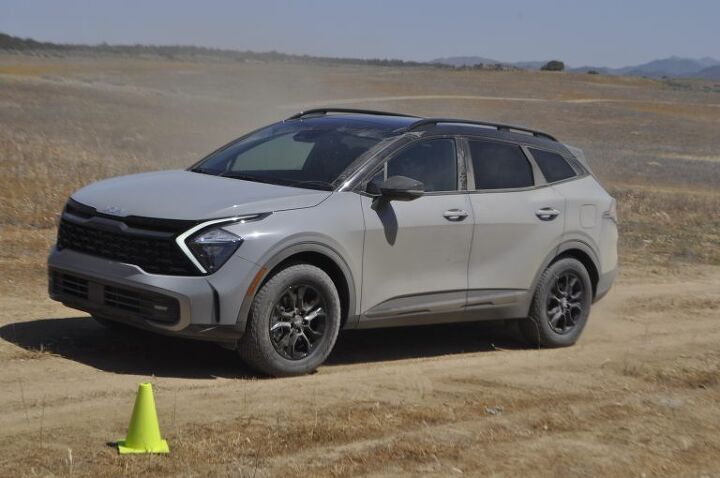




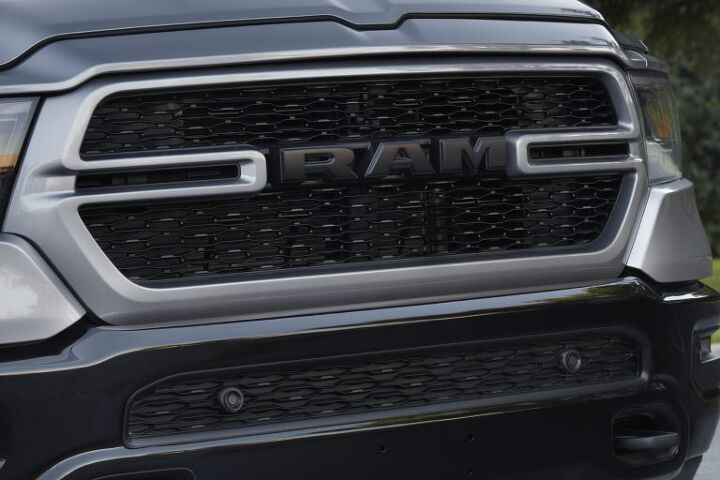
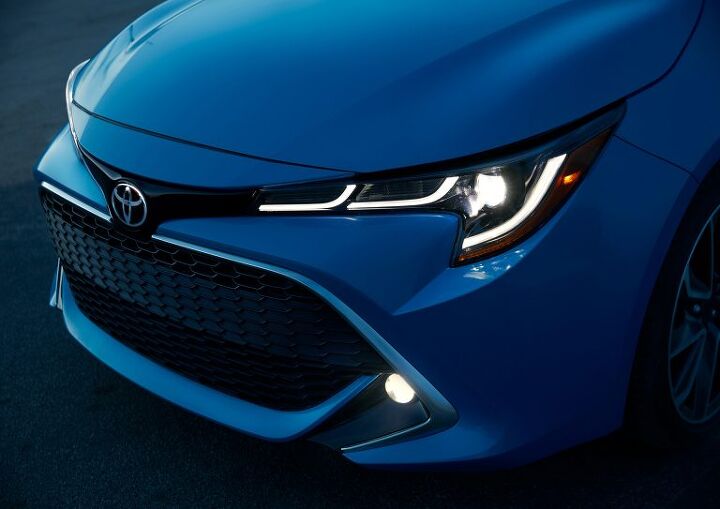
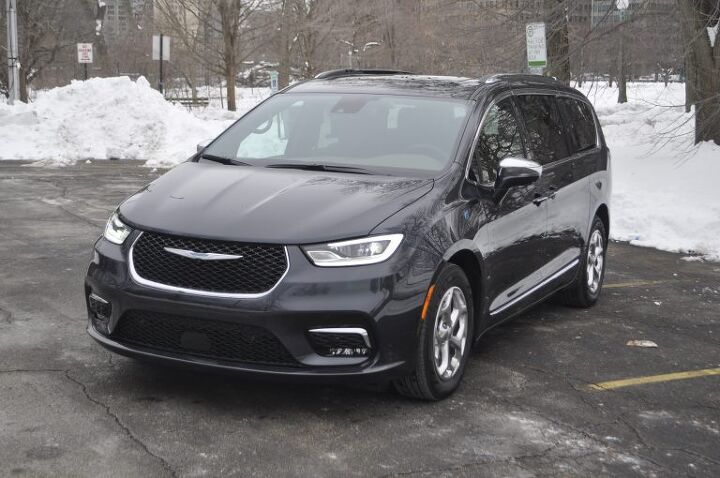
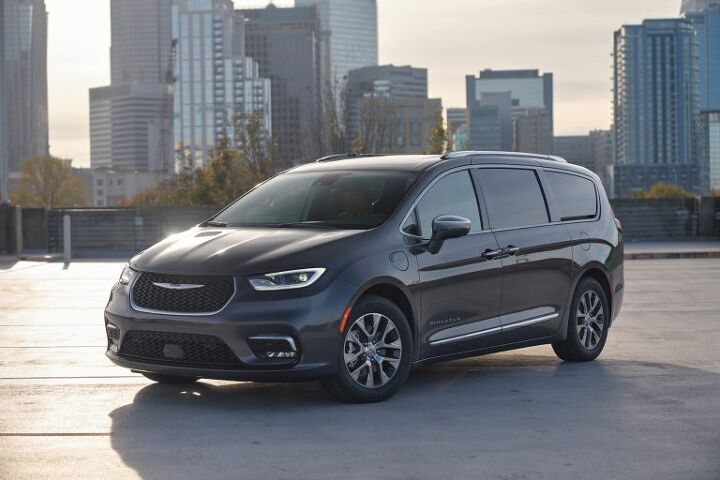


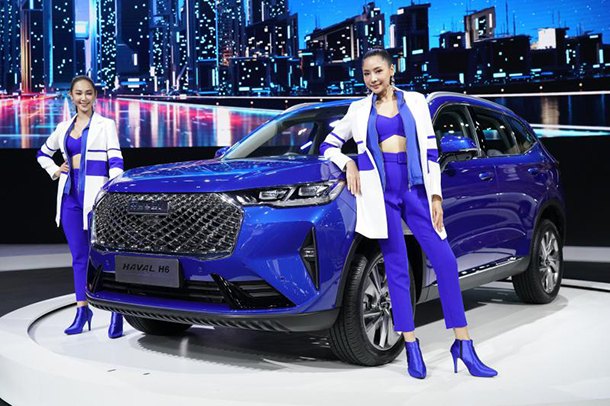
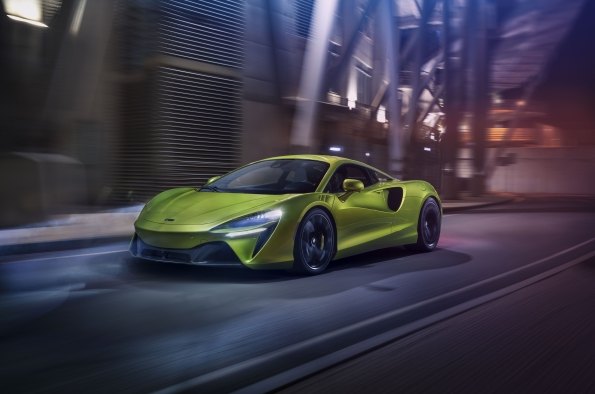













Recent Comments